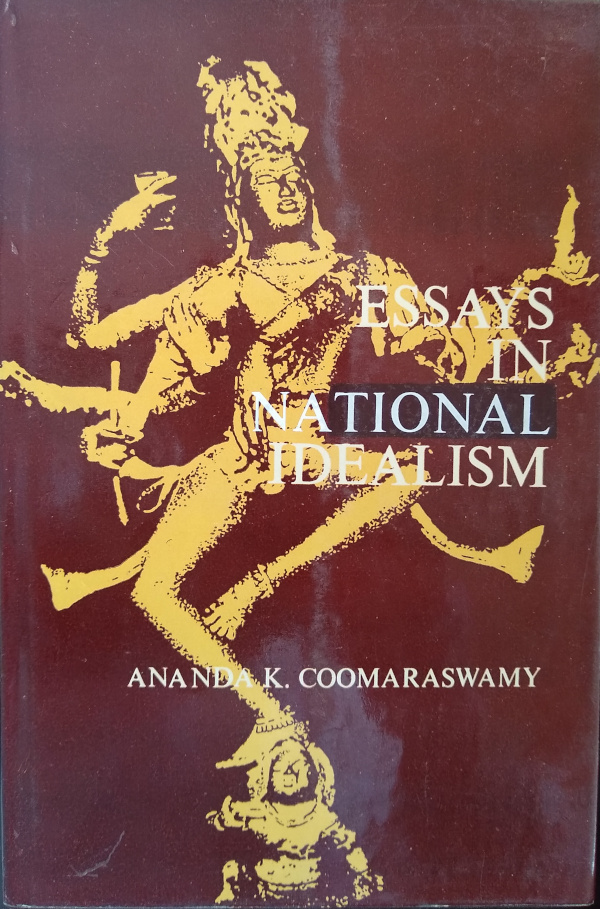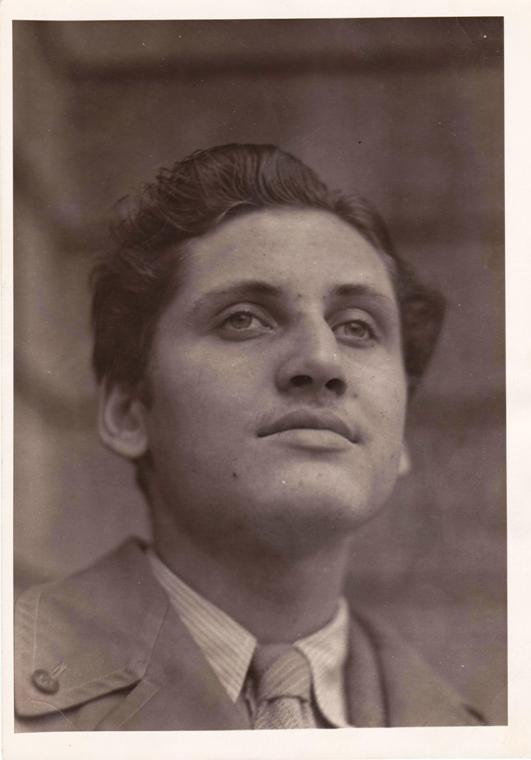In an article written in 1915 titled ‘What has India contributed to human welfare’, Ananda Coomaraswamy says:
‘If we regard the world as a family of nations, then we shall best understand the position of India which has passed through many experiences and solved many problems which younger races have hardly yet recognized. The heart and essence of the Indian experience is to be found in a constant intuition of the unity of all life, and the instinctive and ineradicable conviction that the recognition of this unity is the highest good and the uttermost freedom. All that India can offer to the world proceeds from her philosophy. This philosophy is not, indeed, unknown to others – it is equally the gospel of Jesus and of Blake, Lao Tze, and Rumi – but nowhere else has it been made the essential basis of sociology and education.’
The full article is available online here. However, because this blog is about education, I will point you to another very insightful essay he wrote criticizing the British education system. It is called ‘Education in India’ and is the 9th chapter in ‘Essays in national Idealism’. The essay is available here and the full book is available for download here.

The following are some excerpts from the essay. You can see that the essay sounds completely contemporary a century after it was written:
‘The system of education set up by the British creates antinational tendencies by ignoring or despising almost every ideal of the Indian national culture. Most students lose all capacity for the appreciation of Indian culture and become strangers in their own land. Indian culture, whether Hindu or Muhammadan, is essentially religious. Regardless of the example of almost every Indian ruler since history began, the Government completely ignores Indian culture. The schools are not part of Indian life (as were the tols and maktabs of the past), but antagonistic to it. The education is really based on the general assumption- nearly universal in England- that India is a savage country, which it is England’s divine mission to civilize. The facts were more truly realized by Sir Thomas Munro, when he wrote that “if civilization were to be made an article of commerce between the two countries, England would soon be heavily in debt.”
Here are some of the points of view which are intrinsic in Indian culture, and must be recognized in any sound educational ideal for India; but are in the present system ignored or opposed:—
- The almost universal philosophical attitude. In India, even the poorest peasant may say that “All this is maya.” Consider the deepening of European culture needed before the peasant there could say that “The world is but appearance, and by no means Thing-in-Itself.”
- The sacredness of all things. The antithesis of the European division of life into sacred and profane. In India religion idealizes and spiritualizes life itself, rather than excludes it.
- Etiquette. There is a Sinhalese proverb that runs, “Take a ploughman from the plough, and wash off his dirt, and he is fit to rule a kingdom.” “This was spoken,” says Knox, “of the people of Cande Uda (the highlands of Ceylon) because of the civility, understanding, and gravity of the poorest men among them. Their ordinary Plowmen and Husbandmen do speak elegantly, and are full of compliment. And there is no difference between the ability of speech of a Country-man and a Courtier.” There could be said of few people any greater things than these; but they cannot be said of those who have passed through the ‘instruction machines’ of today; they belong to a society where life itself brought culture, not books alone.
- Control, not merely of action, but of thought. Concentration, one-pointedness, capacity for stillness.’
About Ananda Coomaraswamy:

I couldn’t find it again, but I remember an interview where Ananda Coomaraswamy’s son is talking about the number of languages his father was proficient in. The son who thought that his father knew some 25 languages was surprised to find Ananda Coomaraswamy in the Chinese section of a library. Upon asking, Ananda said that yes he knew Chinese but didn’t consider himself very good at it, which is the reason why he hadn’t told his son about it. Here are some quotes that can inspire you to delve deeper into the large body of his work:
“It is almost impossible to slot Coomaraswamy into a single category for he was all of them: philosopher, historian, art historian, polyglot, cultural anthropologist, metallurgist, mineralogist, archaeologist, art collector, and a revivalist. Coomaraswamy is in the same league as Swami Vivekananda or Dayananda Saraswati.”
—Sandeep Balakrishna, author (The full article from which this quote is taken is linked below)
“Over sixty years have passed since the death of Ananda Coomaraswamy; yet his writings remain as pertinent today as when he wrote them and his voice echoes in the ears of present day seekers of truth and lovers of traditional art as it did a generation ago. In contrast to most scholarly works which become outmoded and current philosophical opuses which become stale, Coomaraswamy’s works possess a timeliness which flows from their being rooted in the eternal present.”
—Seyyed Hossein Nasr, University Professor of Islamic Studies at George Washington University (Quote from the World wisdom website linked below)
Links for further study:
Sandeep Balakrishna’s profile of Ananda Coomaraswamy
About Ananda Coomaraswamy’s life and work at the World wisdom website